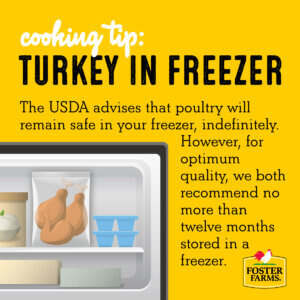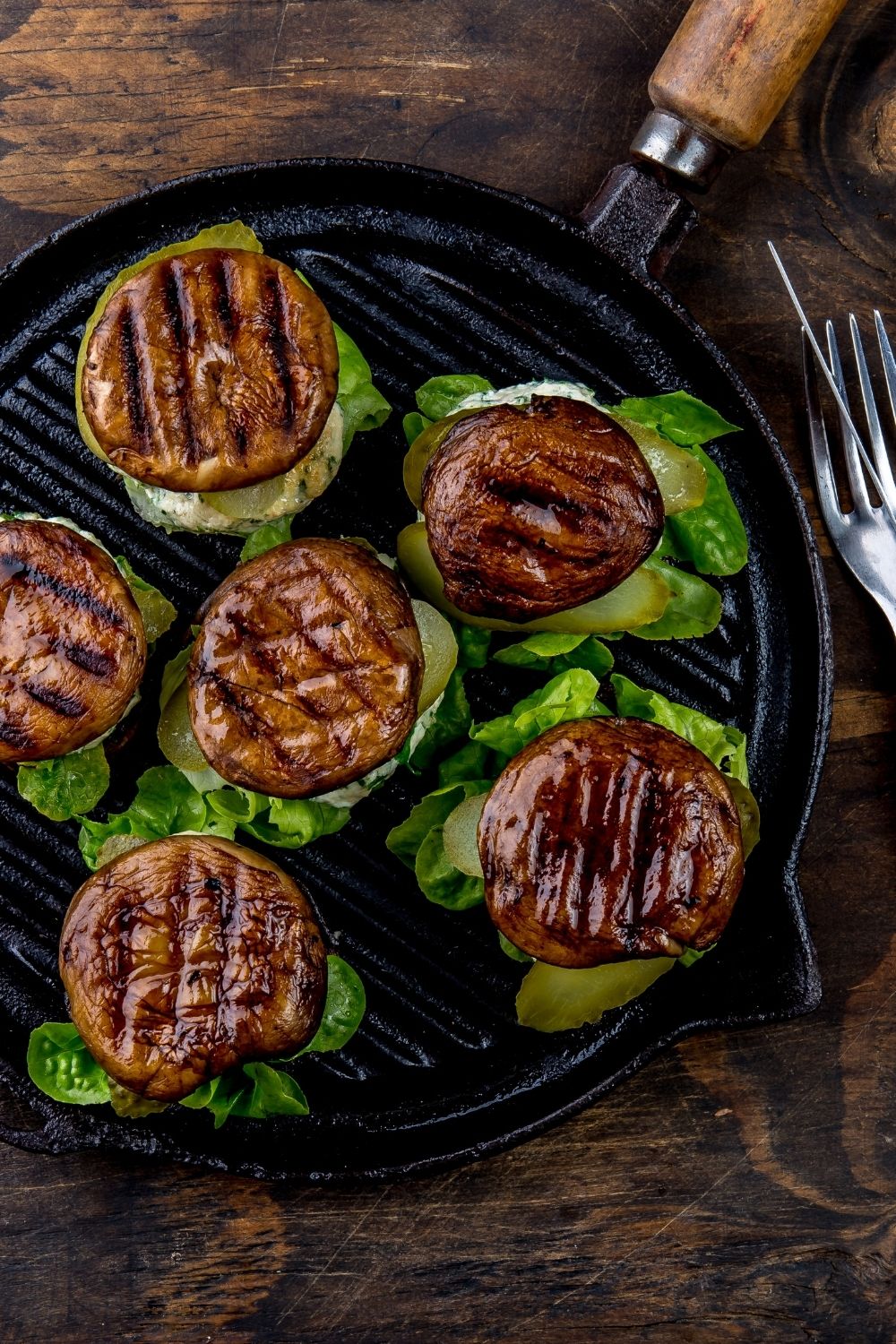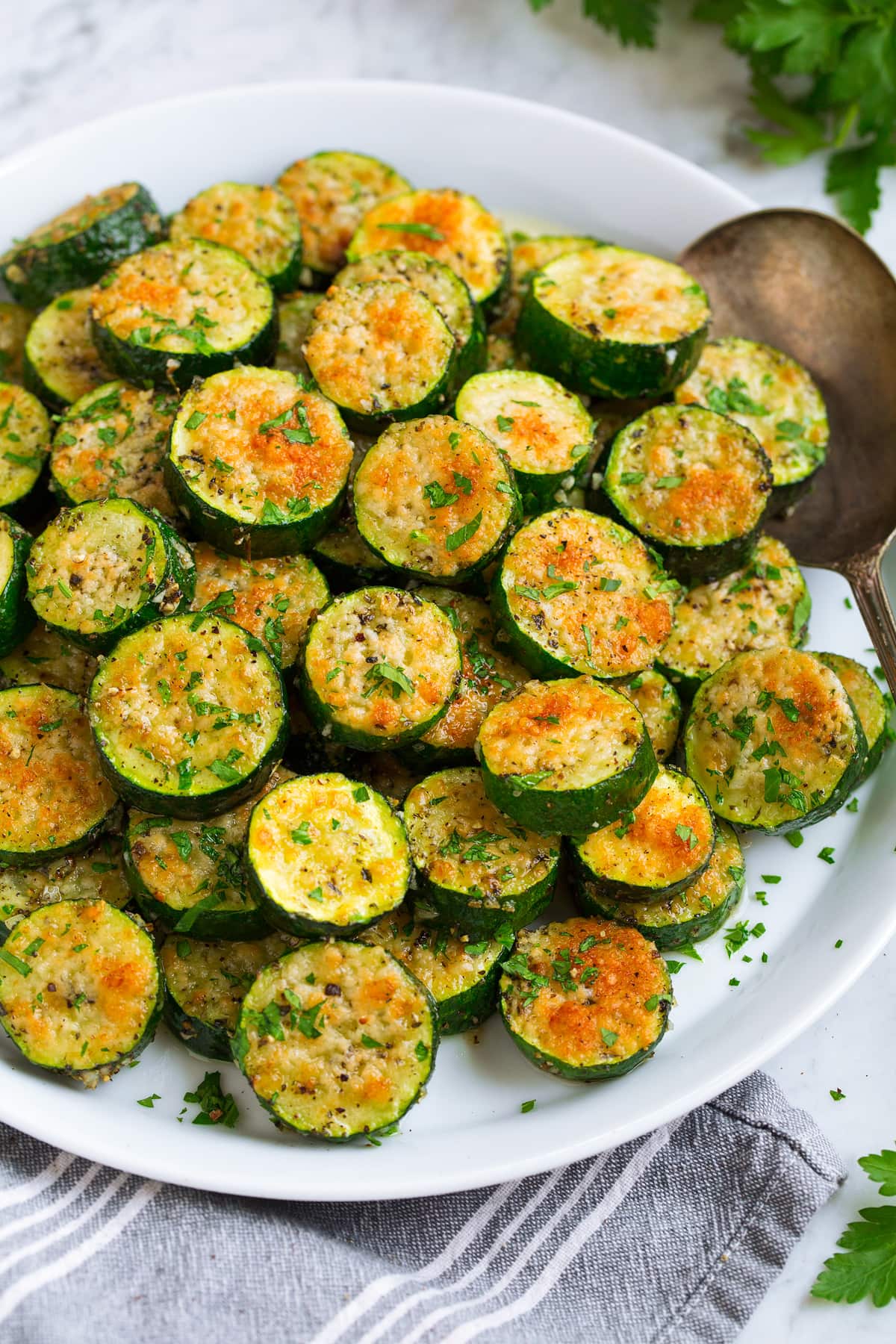
Healthy cooking doesn't have to be a trend. Learn how to make your own stocks and broths so you can control the sodium and fat that goes into your food. Use local ingredients whenever you can. Take a temperature reading of the food to make sure it is done correctly. You won't regret doing it. Here are some additional tips to help you get going. It's so easy to make healthier meals at the home!
Healthy cooking isn’t a fad
Healthy cooking is a great way to improve your quality of life and your health. And unlike a fad, healthy cooking isn't a passing trend. PepsiCo and Campbell Soup aren't following a trend. They are actively making healthier food choices, and expanding their retail distribution.
You have complete control over how much sodium and fat you put into your meals by making your own broths or stocks
Making your own broths and stocks can be both healthy and delicious. For a caramelized flavor, bone can be roasted to give the product a rich and earthy flavour. The cartilage and gelatin from the veal bones add collagen and gelatin to the final stock. Stock can be substituted in many recipes for vegetable stock if you're a vegetarian. Bone broth is versatile and can be frozen for use at a later time.
Vegetable stock is one of the most versatile cooking liquids. Vegetables, potatoes, and onions are blended with sweetener and thickening agents. It can be used to make thick stews, gravies and sauces as well as Swedish meatballs. Turkey stock, however, is made from vegetables and spices. It's also a good way to make use of leftover pot pie. Don't be afraid if you don't enjoy beef stock or chicken stock. There are many options for turkey stock or chicken stock.

It is best to take the temperature of the food before you eat it.
A food thermometer can be a great tool to use when you cook meat and poultry. Although the outside of meat or poultry may look perfectly cooked, the inside can still be raw. You may notice that the juices run clear but the inside isn't, and your meat is not completely cooked. This may seem like a tempting thing to do but it is not an accurate indicator of doneness.
Cooking food to the proper temperature kills harmful bacteria and fungi. Food poisoning is possible if it isn't heated to the right temperature. It is best to cook food to the point that steam can escape. This can be checked by inserting a thin knife in the middle of the meat/poultry.
Using local ingredients
If you're a restaurant owner, one of the best ways to attract more customers is to use locally sourced ingredients whenever possible. There is a chance that you might overcharge customers for local ingredients. However, seasonal ingredients can help to keep your costs down. You can also use USDA’s Mixing Bowl for recipes that are based only on what is readily available. Using seasonal ingredients will allow you to make seasonal menus without having to buy items out of season.
Locally sourced foods have the advantage of being fresh and high quality. Local farmers can guarantee fresher, more flavorful produce than their farmed counterparts. Working directly with local farmers is a way to help your local economy. Choosing locally sourced produce and meats will help reduce your carbon footprint and support local businesses.

FAQ
How long does it take to become chef? What is the average career track?
The average time it takes to become a chef is five years. In this period, you will learn basic cooking skills and experience as a kitchen assistant. Once you have completed your training, you may apply for executive, sous, and line chef positions. The annual average salary of a chef is $25,000-$60,000.
Do I have to learn how to cook with my children?
Yes! Yes, kids love to help in kitchen. It's an enjoyable activity that teaches responsibility and teamwork. Children can help in everything, from washing vegetables and cutting onions. Children will love helping to cook if they are taught safe knife handling techniques.
How can I get hired as a cook?
You can get a job as a cook through word of mouth. People in your circle of friends might know about restaurants that need additional staff. You might also find openings advertised on websites or bulletin boards by restaurants.
What is the cost to study culinary arts?
It is not easy to find a culinary arts degree that costs less than $40,000. A four-year degree in culinary arts typically costs around $40,000. A two-year associate's level degree can cost less than $5,000. The tuition rate you choose depends on the program. The prices charged by private institutions are generally higher than the public.
Is there a difference between a chef and a cook?
A chef prepares meals for others. A cook prepares food for himself or herself. While both jobs involve preparing food, a chef works directly with customers. This means that they can have to decide what food to serve customers based their preferences. A cook does not interact with customers. Instead, they ensure that the food tastes delicious before they serve it to others.
How long does learning to cook take? What amount of time will it take to master the art?
It all depends on what level of skill you have. Some people are able to learn basic cooking skills in a matter of days. Others might take months or years before they feel confident enough to teach themselves how to cook.
The person who is learning to cook can vary in the amount of time they need. One example is that someone who has never tried cooking before would likely take more time to learn than someone who cooks often. Different types of cooking require different amounts of experience. Baking requires more knowledge than frying.
Learn a technique to increase your ability to cook quickly. Once you've mastered that technique, move on to another one. You shouldn't stress about how long it takes to learn how cook. Enjoy the process and keep practicing.
Statistics
- You'll be amazed that over 90% of CIA students receive scholarships and grants to finish their culinary studies. (ischoolconnect.com)
- On average, chefs earn $58,740 a year, according to the BLS. - learnhowtobecome.org
- In the United States, the category is estimated at $23.2 billion annually and is growing faster than the market. (washingtonpost.com)
External Links
How To
How to become a chef
The career of chef is one of most rewarding. This job requires a lot knowledge and skills. It can be difficult to determine what job is best for you. There are many opportunities to begin working right away if this is your goal. There are many options for you to work in restaurants, hotels, catering businesses, or take cooking classes. Here are some tips and tricks to help you decide what career path is best for you.
-
Learn how you can cook! Cooking is something that everyone should master at least once. Learn how to cook even if you don’t know much about cooking. You can find so many different recipes online and they are very easy to follow. The only thing you need to remember is that you shouldn't rush yourself when learning new things. Take your time, enjoy each step, and don't rush to learn new things.
-
You should get a degree in culinary arts
If you wish to become a professional chef, a culinary arts degree might be the right choice. By doing this, you can develop your own style and learn valuable knowledge. Culinary schools offer courses in baking, pastry making and meat cutting. They often require students to continue classes for several years before they are able to graduate. But if you really want to become a chef, you should think twice before choosing any school.
-
Work in a restaurant
Working in a restaurant is probably the easiest way to enter the world of chefs. Many people start out as chefs because they get hands-on experience. Restaurants always look for qualified staff, especially those who have worked in other fields. Look for work in restaurants if your goal is to become a chef.